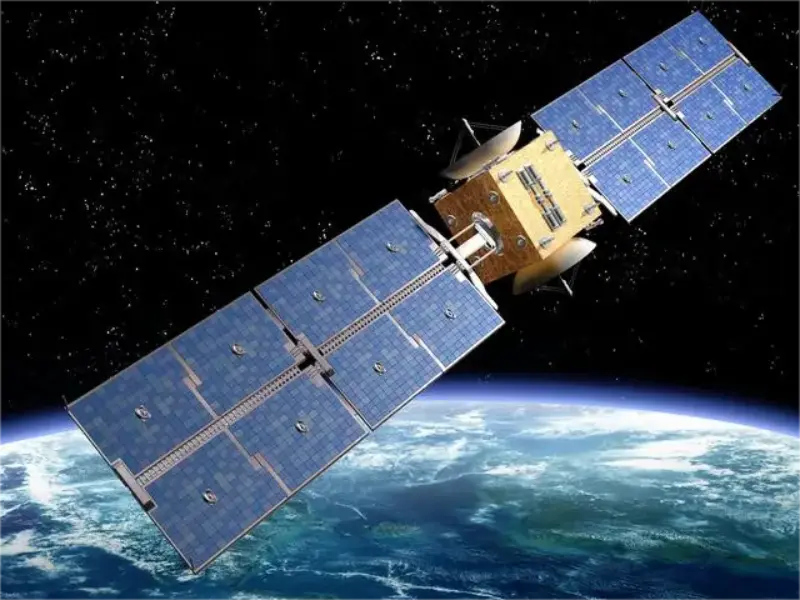- Sateliot launched four more Low Earth Orbit (LEO) nanosatellites and mobile telecoms operators have extended their coverage to the entire planet, enabling IoT capabilities on a global scale.
- Sateliot’s satellites are the first to be developed with full implementation of GSMA and 3GPP standards, and its goal is to use these satellites to continue to lead the NTN (Non-Terrestrial Networking) community in future innovations.
OUR TAKE
The successful launch of these satellites can extend the coverage of mobile telecommunication operators to the entire planet, solve the problem of connectivity blackspots and enable the Internet of Things (IoT) on a global scale, making Spain a global leader in the field of IoT connectivity.
— Iydia Ding, BTW reporter
What happened
Sateliot has launched four more low-Earth orbit (LEO) nanosatellites as part of its expanding 5G NB-IoT NTN constellation. The satellites were launched on 16 August by SpaceX’s Falcon 9 rocket from Vandenberg Air Force Base in California. These satellites are designed to extend mobile telecoms operators’ coverage to the entire planet, address connectivity blackspots and enable IoT capabilities on a global scale.
This expansion brings Sateliot closer to its goal of operating a constellation of more than 100 satellites by 2028, potentially transforming industries regardless of location or existing infrastructure.
The company’s approach uses patented “store and forward” technology to provide global connectivity via a new orbital plane. Sateliot’s satellites are the first to be fully developed using GSMA and 3GPP standards, and its goal is to use them to continue to lead the NTN (Non-Terrestrial Networking) community in future innovation. Sateliot’s ambitious roadmap includes deploying more satellites by 2025, and it is currently in talks to secure $500 million in Series B funding.
Also read: US court rejects challenges to FCC approval of SpaceX satellites
Also read: Verizon and AT&T collaborate on low band spectrum for satellite coverage
Why it’s important
Sateliot’s satellites are the first to be developed with full implementation of GSMA and 3GPP standards, and the successful launch of these satellites could extend the coverage of mobile telecoms operators to the entire planet, solve the problem of connectivity blackspots and enable IoT functionality on a global scale. This will make Spain a global leader in IoT connectivity.
Regardless of location or existing infrastructure, Sateliot will enable comprehensive monitoring of production by connecting more than 8 million devices of contracted companies. Based on the democratic and widespread nature of the technology, it makes it applicable to various fields such as agriculture, animal husbandry, logistics and critical infrastructure management. Patented “store-and-forward” technology has been adopted to provide global connectivity through a new orbital plane, significantly increasing productivity.
The launch of the project in Barcelona brought together key stakeholders and received strong support from the European Space Agency (ESA), the GSMA and the Spanish government. Sateliot’s ambitious future blueprint, which includes the deployment of more satellites by 2025, will also facilitate the advancement of satellite technology in the years to come.

